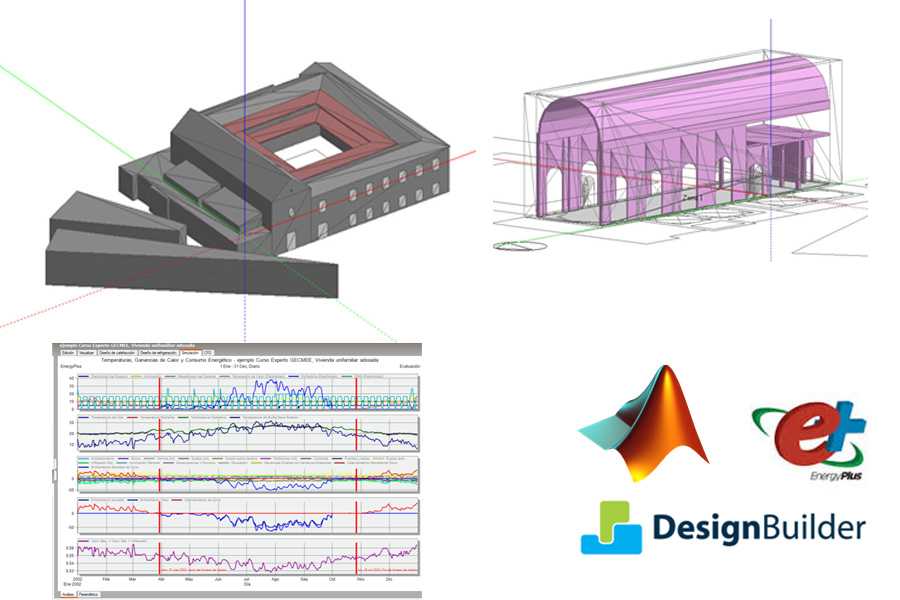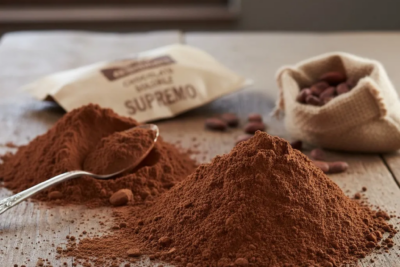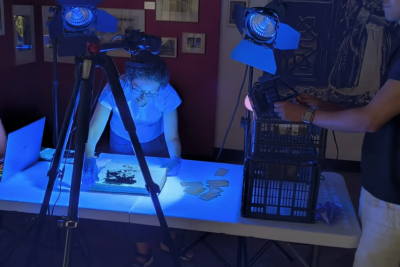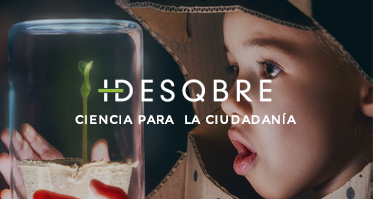Development of a simulation model that predicts the impact of climate change on artworks and historic buildings
A research team from the Universities of Malaga and Seville has applied a methodology to improve conservation and environmental conditioning interventions in cultural heritage buildings. The application of this method will make these edifices more comfortable as well as making it possible to preserve their interior with greater energy efficiency and, therefore, at a lower environmental and economic cost.
A research team from the Universities of Malaga and Seville has applied a method that simulates how to preserve ancient buildings and the works of art housed inside them as well as analysing their energy consumption according to the type of air conditioning used, both at the present time and in 2050. The proposed method includes the study of the materials, the layout and structure of the building, as well as the environmental conditions it supports.
In this way, the improvement or refurbishing interventions will make it possible to take into account aspects that increase the comfort of user spaces, favour the conservation of the artistic works that they host and reduce energy costs. The experts explain this protocol of action in the scientific paper ‘Effects of future climate change on the preservation of artworks, thermal comfort and energy consumption in historic buildings’, published in the journal Applied Energy, which will allow more accurate and more reliable environmental conditioning alternatives to be put forward and thereby lead to a forward-looking approach that takes into account the consequences of climate change on these buildings.
This provides public property managers with restoration strategies to make better use of energy and to reduce carbon emissions, without compromising architectural heritage. «One of the main challenges today is to reduce energy consumption in historic buildings, a necessary action to meet future energy objectives and to reduce the impact of climate change,» Fundación Descubre was informed by Carmen Muñoz González, professor at the University of Malaga, researcher at the University of Seville and co-author of the article.
After analysing the construction of the building and the environmental parameters, both indoors and outdoors, the researchers combine several tools with which they produce a simulation of the building and derive the energy required to generate a comfortable atmosphere and correctly preserve the artworks hosted inside. This allows the most sustainable and economical option to be chosen for each individual structure according to the different forms of air conditioning available.
Virtual energy reality of cultural heritage
The DesignBuilder software, used in architecture and engineering, brings together the construction characteristics of each building: the materials used, the thickness of its walls, the roof, its dimensions, the works of art it contains… It also adds in climatological data and other environmental parameters, such as humidity, temperature or air speed, both outside and inside the building, and simulates what they will be in 2050 due to climate change. This is the method by which the virtual recreation of the building and its climatic conditions are configured.
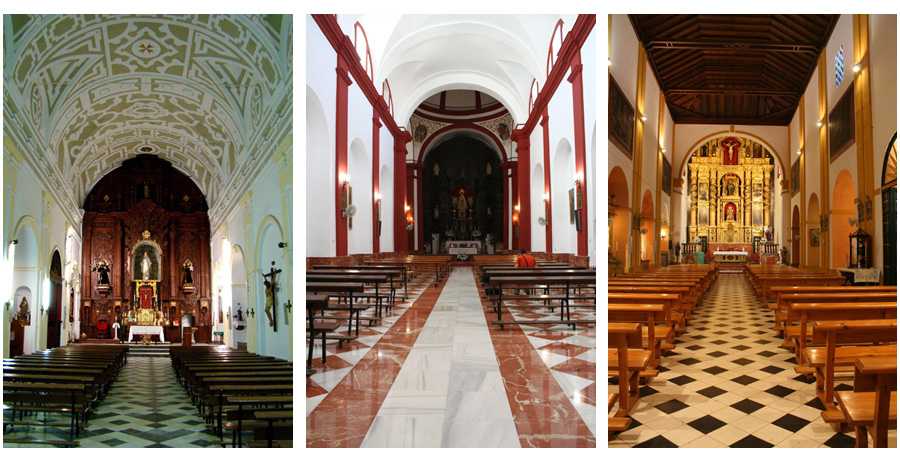
This work analysed the churches of St. Francis of Assisi, La Merced and La Victoria, all of them located in the province of Seville, in southern Spain, built between the 16th and 17th centuries.
This work analysed the churches of St. Francis of Assisi, La Merced and La Victoria, all of them located in the province of Seville, in southern Spain, built between the 16th and 17th centuries and considered Sites of Cultural Interest. The building materials are masonry and brick, with single-glazed windows and thick walls that provide a high thermal inertia, that is to say a large energy storage capacity. In addition, they house a wide range of works of art, including wooden sculptures and altarpieces.
Sensors placed at different heights measured the values of temperature and relative and absolute humidity indoors and outdoors for a whole year. The Energyplus software, incorporated in DesignBuilder, simulated human comfort and energy efficiency inside the building taking into account the current data and that expected in 2050.
Subsequently, different air-conditioning techniques, both passive and active, were compared. Passive techniques are those that do not involve energy consumption and that sometimes can damage the conservation of cultural heritage and the habitability of buildings. Thus, for example, the installation of double glazing with existing stained glass windows can prevent proper ventilation of the building and increase the temperature and humidity.
Active ones, on the other hand, include those used for the conservation of works of art and thermal comfort, such as boilers for underfloor heating or heating radiators, and those used only for cultural heritage conservation, such as ventilation and humidifiers. The use of the former makes buildings more comfortable and increases their potential uses.
Preserving and enjoying in a sustainable way
Therefore, this technique represents an advance in the concern for preserving cultural heritage and achieving buildings adapted to new requirements in terms of comfort and energy efficiency. «Without this change in policy, traditional buildings, which are now a valuable asset, will become a burden in the near future,» adds the researcher.
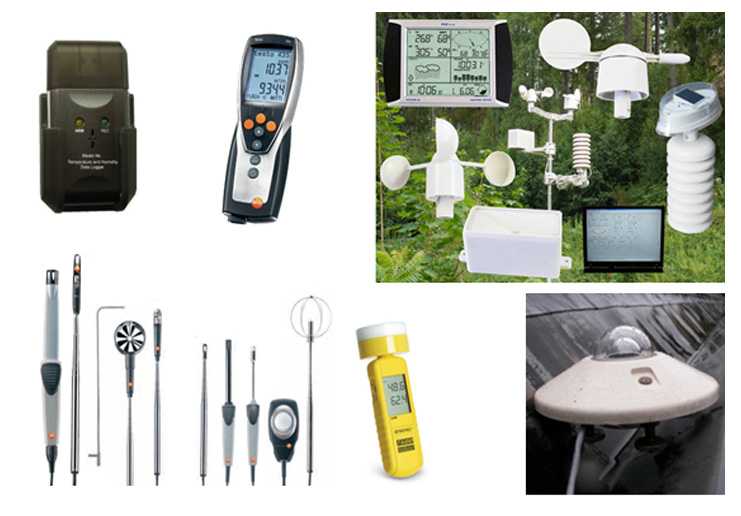
Sensors placed at different heights measured the values of temperature and relative and absolute humidity indoors and outdoors for a whole year.
This tool allows managers of historic buildings to adapt the air conditioning inside them with a long-term projection that leads to savings in energy costs and guarantees the conservation of the cultural heritage, regardless of the local climate and the date of construction.
This work was supported through the Spanish Ministry of Science and Innovation project ‘Parametric optimization of façade of double-skin in the Mediterranean climate to improve energy efficiency under climate change scenarios’, led by the research group ‘Architecture, Heritage and Sustainability: Acoustics, Lighting, Optics and Energy’.
Spanish version: Desarrollan un modelo de simulación que predice el impacto del cambio climático en obras de arte y edificios históricos
References
Carmen Muñoz González, Ángel Luis León-Rodríguez, Rafael Carlos Suárez Medina y Jonathan Ruiz-Jaramillo. ‘Effects of future climate change on the preservation of artworks, thermal comfort and energy consumption in historic buildings’. Applied Energy. 2020
Más información:
#CienciaDirecta, agencia de noticias de ciencia andaluza, financiada por la Consejería de Transformación Económica, Industria, Conocimiento y Universidades de la Junta de Andalucía.
Teléfono: 954 232 349
Additional documentation
Últimas publicaciones
Investigadoras de la Universidad de Granada han publicado este estudio pionero a nivel internacional por integrar técnicas de metabolómica no dirigida aplicadas a la evaluación de sistemas de etiquetado nutricional. Han analizado 54 productos de 19 marcas diferentes con calificaciones Nutri-Score entre la A y la D.
Sigue leyendoEl equipo científico de la Universidad de Granada genera algoritmos de rejuvenecimiento digital de los archivos, además, también crea muestras envejecidas artificialmente para simular el deterioro. El Museo Casa de los Tiros de Granada coopera en este plan, facilitando el acceso a algunas de sus piezas singulares.
Investigadores de la Universidad de Sevilla estudian la relación de la medicación y la maduración cerebral durante la esquizofrenia con la cognición y la sintomatología psicótica.
